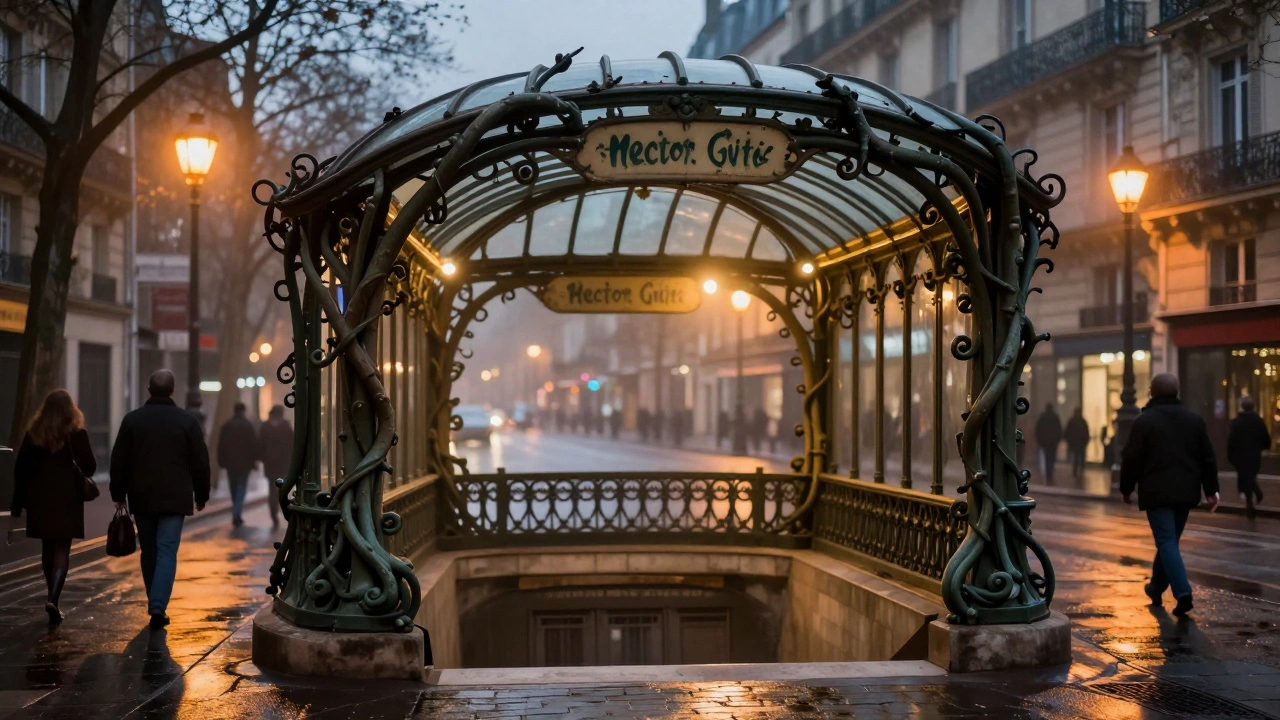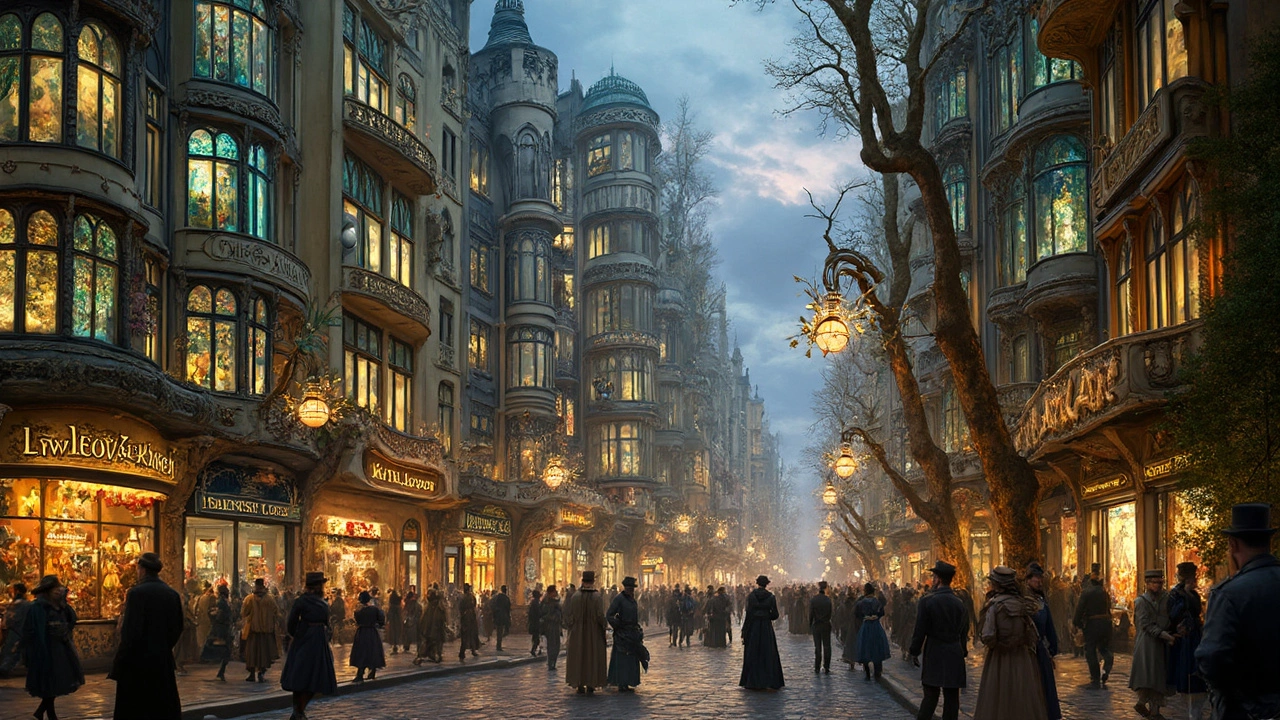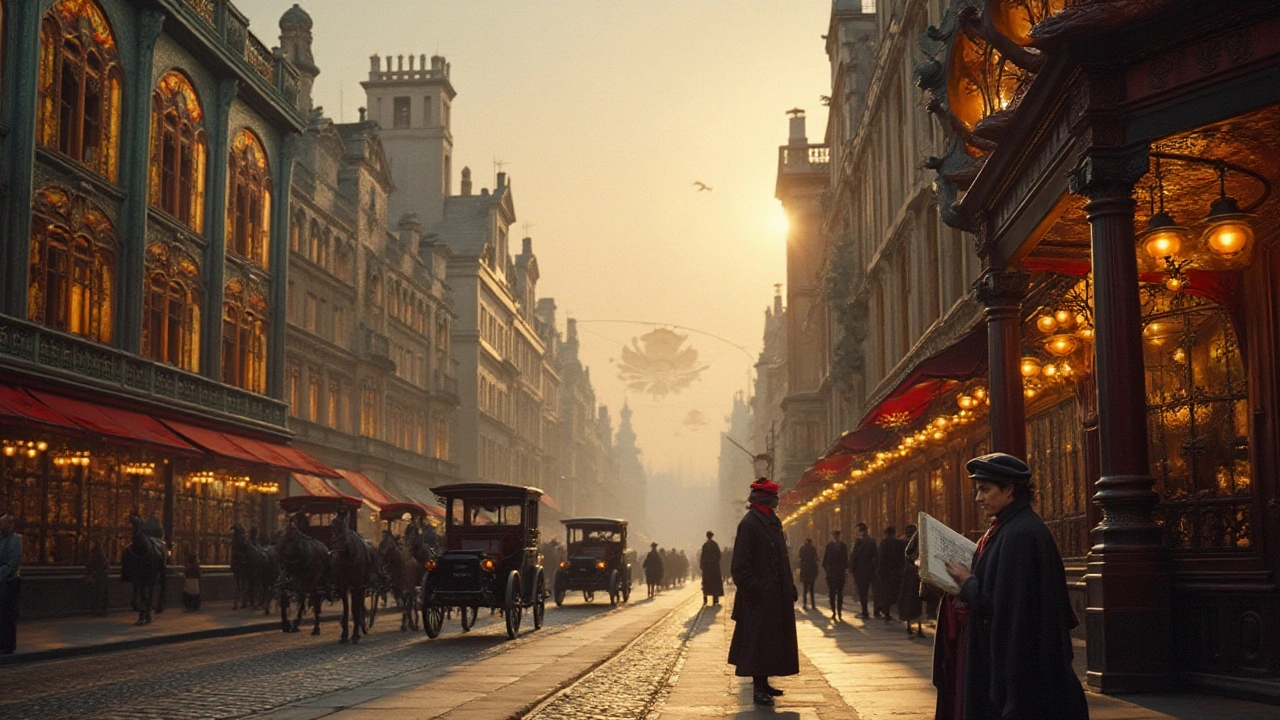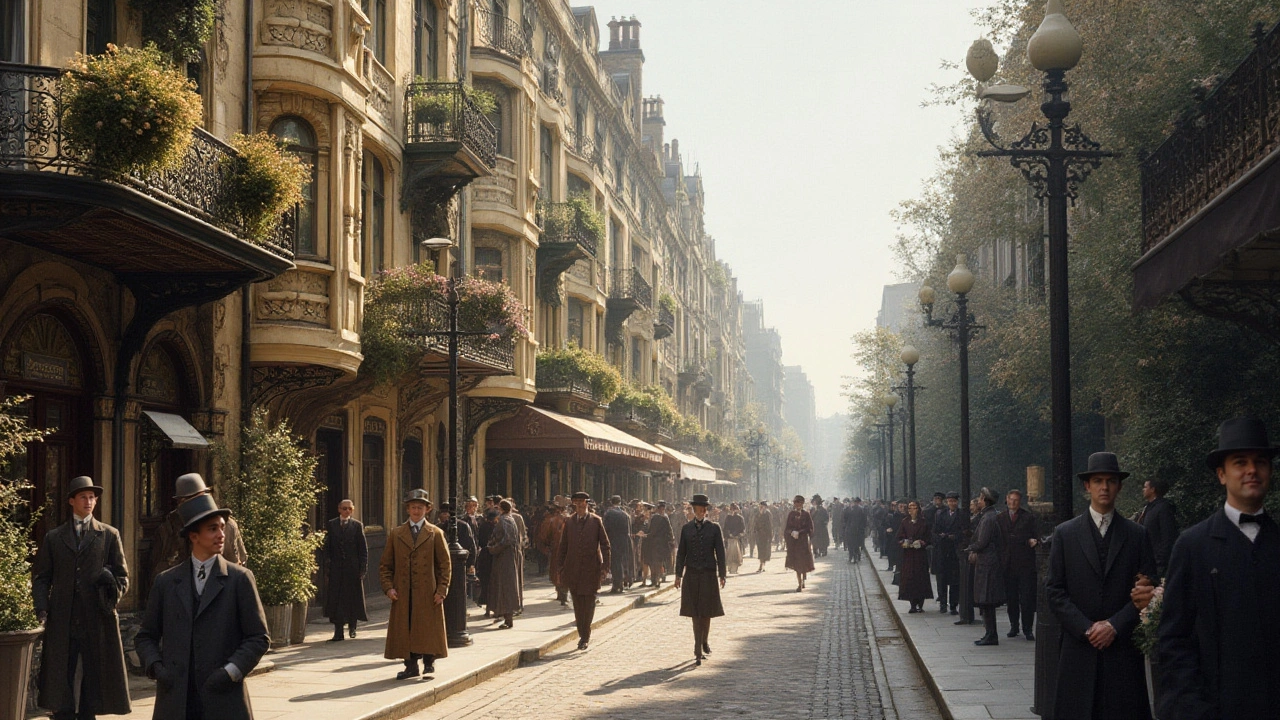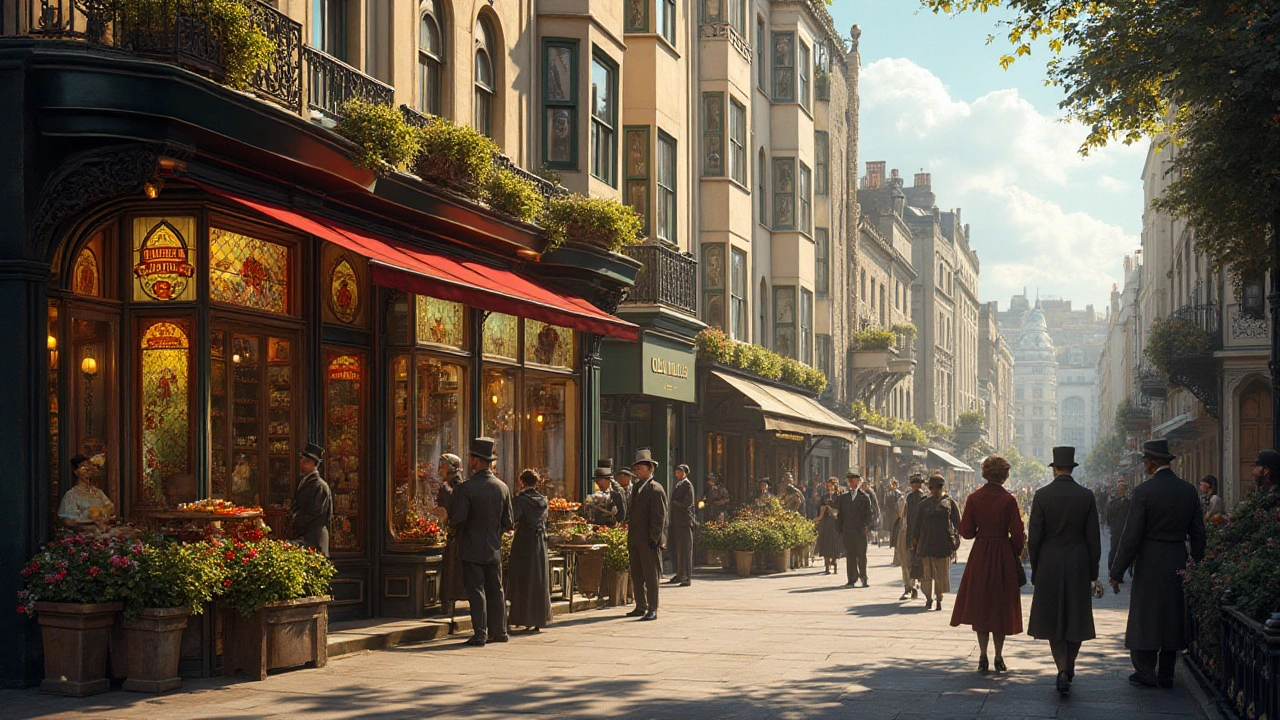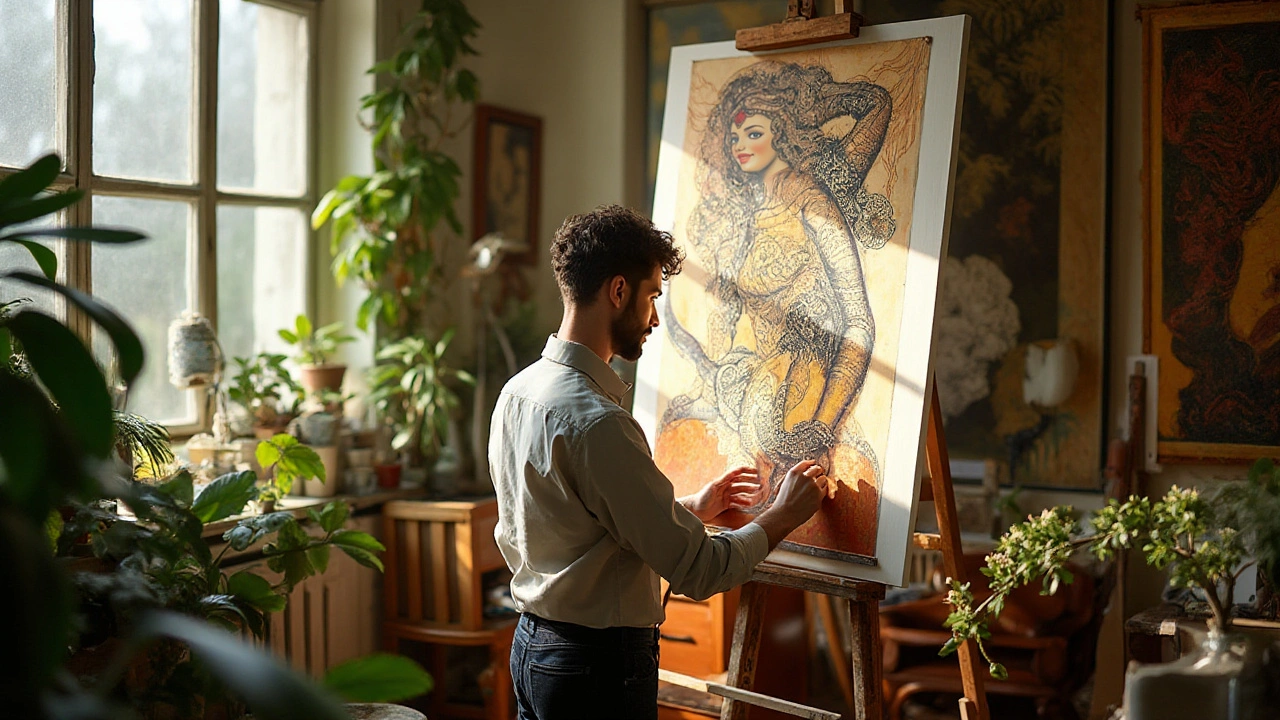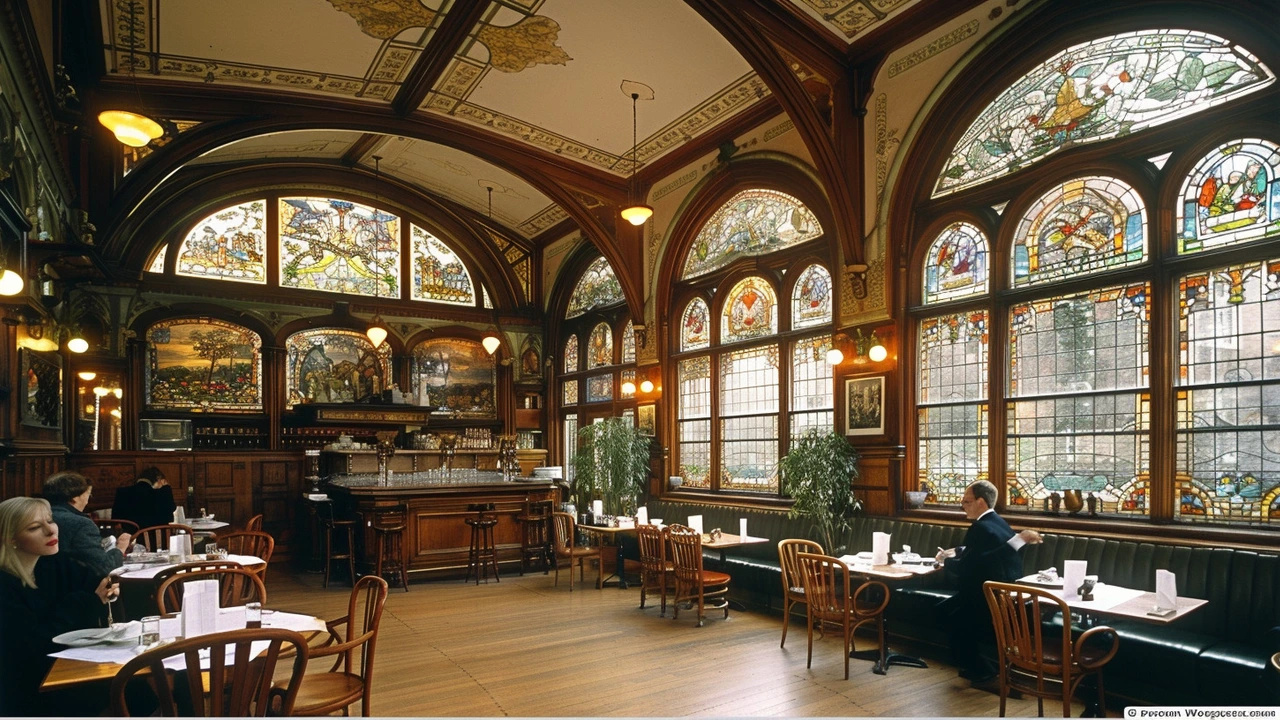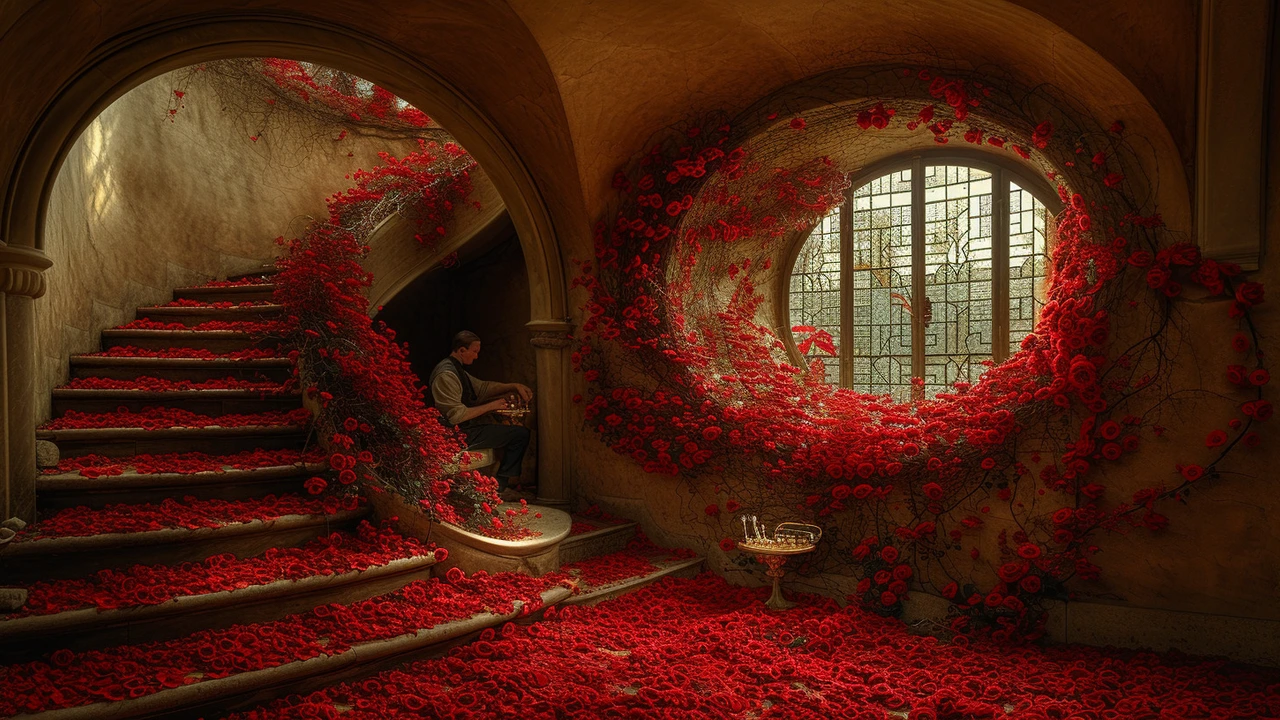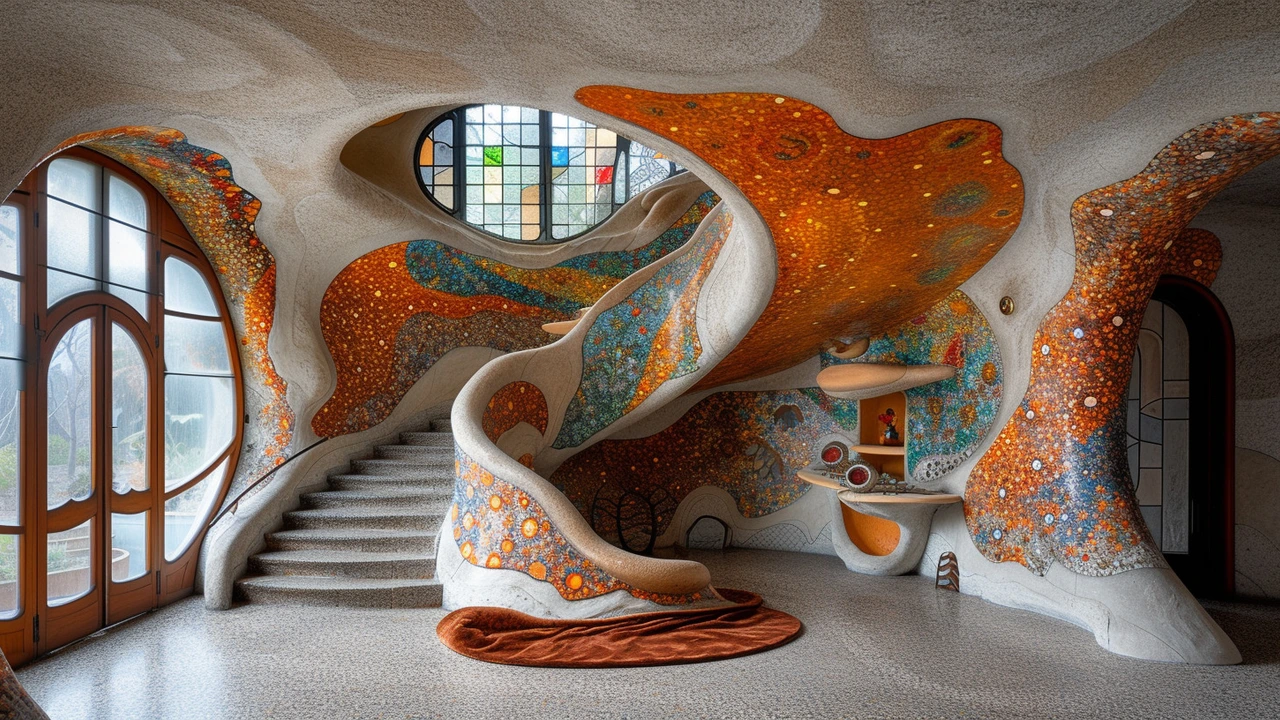Art Nouveau: Flowing Lines, Bold Ideas, Real Places to See It
Art Nouveau exploded across Europe around 1890 and shook up how people thought about art, design, and everyday objects. Its trademark is long, organic lines that mimic plants, hair, and waves. You can find it in posters, jewelry, furniture, and even subway entrances. It aimed to erase the gap between fine art and useful objects—beauty for daily life.
Key figures include Alphonse Mucha, whose posters made flowing women a visual shorthand for the style. Hector Guimard gave Paris its famous sinuous Métro entrances. Gustav Klimt blended decorative pattern with painting to push the style into high art. Each artist used similar visual ideas but different materials and moods.
What to look for
Start with line and form. Art Nouveau favors curves over straight angles. Look for whiplash curves, stylized flowers, and asymmetry that still feels balanced. Materials often include glass, enamel, bronze, and bent wood. Color palettes range from soft pastels to rich golds, depending on whether the piece is decorative or architectural.
Check the context. Posters and prints are easy to collect and show the pure graphic side of the movement. Decorative objects like lamps and jewelry reveal craftsmanship and materials. Buildings display the full idea—stained glass, ironwork, and mosaics combined to create immersive environments. Museums in Paris, Brussels, Prague, and Glasgow hold standout collections.
Using Art Nouveau at Home
You don't need a full renovation to add Art Nouveau vibes. Choose one statement piece—a curved lamp, a mirror with a flowing frame, or a print by Mucha—and let it steer the room. Pair organic shapes with neutral walls so the lines stand out. Avoid mixing too many styles at once; Art Nouveau works best when it's a clear accent, not visual noise.
If you like DIY, pick up brass fixtures or stained-glass kits and focus on curved motifs. For furniture, look for bentwood pieces or tables with cabriole legs that echo the movement's curves. In small spaces, a single patterned wallpaper panel behind a sofa creates the feel without overwhelming the room.
For collectors, prints and small decorative objects are a smart entry point—affordable, portable, and easy to display. When shopping, check maker marks on metalwork and provenance for frames and paintings. Reproductions are common; if authenticity matters, ask for documentation or consult a specialist.
Art Nouveau keeps popping up because its designs connect with nature and craft in a way that still feels fresh. Whether you study posters, visit a mosaic-lined stairwell, or add a flowing lamp to your living room, the style invites you to notice the beauty in everyday things.
Want quick resources? Check museum websites for virtual tours, search auction archives for price ranges, and follow specialist dealers on social media for new finds. Books by Susie Hodge or Genevieve Brison give solid overviews. Join local collector groups to compare notes and spot restoration workshops. Small efforts like these speed up learning and help you collect smarter without overspending. Start where you are.

